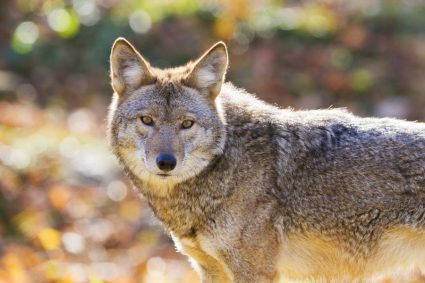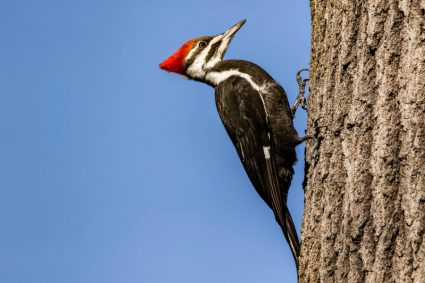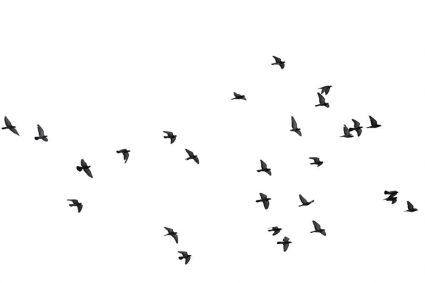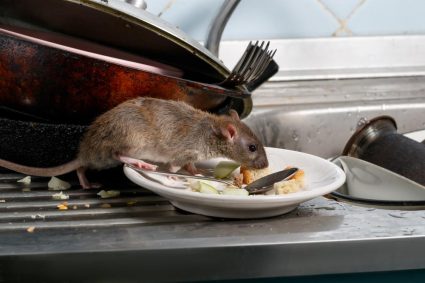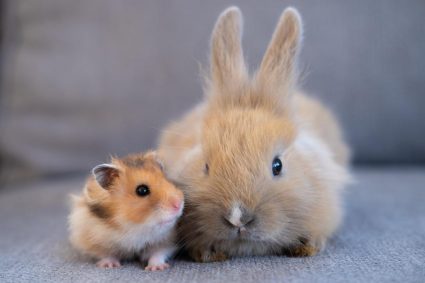
Squirrel droppings, like many aspects of wildlife, can tell us a lot about the creatures themselves, their habits, and their habitats. This article will provide an in-depth guide on what squirrel droppings look like, where they are likely to be found, and potential health risks associated with them.
Squirrel droppings are small, oblong-shaped pellets that are dark brown or black in color. They are about the size of a grain of rice, measuring approximately 3/8 inch long and 1/8 inch in diameter. The droppings often have pointed ends and may have a glossy appearance due to undigested nuts and seeds. Over time, the color can change to lighter shades of brown, red, or green.
Identifying Squirrel Droppings
Squirrel droppings are typically small, oblong-shaped pellets that are dark brown or black in color. They are about the size of a grain of rice, measuring approximately 3/8 inch long and roughly 1/8 inch in diameter.
The droppings often have pointed ends and may have a slight glossy appearance due to the high amount of undigested nuts and seeds. As they age, the color of squirrel droppings can change to lighter shades of brown, red, or even green.
Comparing Squirrel Droppings to Other Animals
Squirrel droppings can be easily mistaken for the droppings of other animals, particularly rats. However, there are a few distinguishing characteristics. Squirrel droppings are larger and more barrel-shaped, while rat droppings are smaller, oblong-shaped, and have tapered ends. Squirrel droppings also tend to lighten in color over time, while rat droppings remain dark.
Where to Find Squirrel Droppings
Squirrels often leave their droppings in the same area over time, creating piles of several pellets. These latrines, or dedicated spaces for defecation, can be found in various locations such as underneath trees, around bird feeders, inside attics and basements, in crawl spaces, near their nests (dreys), and within the hollows of tree trunks.
Health Concerns Associated with Squirrel Droppings
Squirrel droppings can pose significant health risks as they may contain harmful bacteria and parasites. Diseases such as leptospirosis, salmonellosis, and tularemia can be transmitted to humans through contact with squirrel feces. Dried feces are particularly dangerous as they can become airborne, increasing the risk of infection through inhalation.
Safe Cleanup and Disposal of Squirrel Droppings
When cleaning up squirrel droppings, it’s crucial to take proper precautions. This includes wearing protective gear, using a broom or filter vacuum to remove the droppings, disinfecting the area, disposing of the waste properly, cleaning your tools, and washing your hands thoroughly afterward.
If you’re unsure about handling the cleanup process yourself or if the infestation is severe, consider hiring a professional wildlife control company or animal infestation cleanup service. They have the necessary equipment and expertise to safely remove squirrel droppings and sanitize the affected area.
Conclusion
Identifying squirrel droppings and understanding the potential risks associated with them is crucial for maintaining a safe and healthy environment. By following the guidelines provided in this article, you can effectively identify, clean up, and dispose of squirrel droppings while minimizing potential health risks.
Frequently Asked Questions
Can squirrel droppings harm pets?
Yes, squirrel droppings can potentially harm pets. The bacteria and parasites found in the feces can cause diseases such as leptospirosis and salmonellosis in pets if they come into contact with the droppings.
How can I prevent squirrels from entering my attic or basement?
You can prevent squirrels from entering your attic or basement by sealing all potential entry points, keeping trees and branches trimmed away from your house, and installing squirrel guards on power lines. Additionally, removing food sources, like bird feeders, can discourage squirrels from coming near your home.
What should I do if I discover a large amount of squirrel droppings in my home or property?
If you discover a large amount of squirrel droppings in your home or property, it’s recommended to hire a professional wildlife control company or animal infestation cleanup service. They have the necessary equipment and expertise to safely remove squirrel droppings and sanitize the affected area.
Can I use regular household cleaners to disinfect an area with squirrel droppings?
While regular household cleaners can help, it’s best to use a disinfectant specifically designed to kill bacteria and parasites found in animal feces. Always follow the manufacturer’s instructions when using these products.
Is there a specific time of year when squirrels are more active and likely to invade homes?
Squirrels are generally more active and likely to invade homes in the fall and winter months when they’re looking for warm places to nest and store food.



